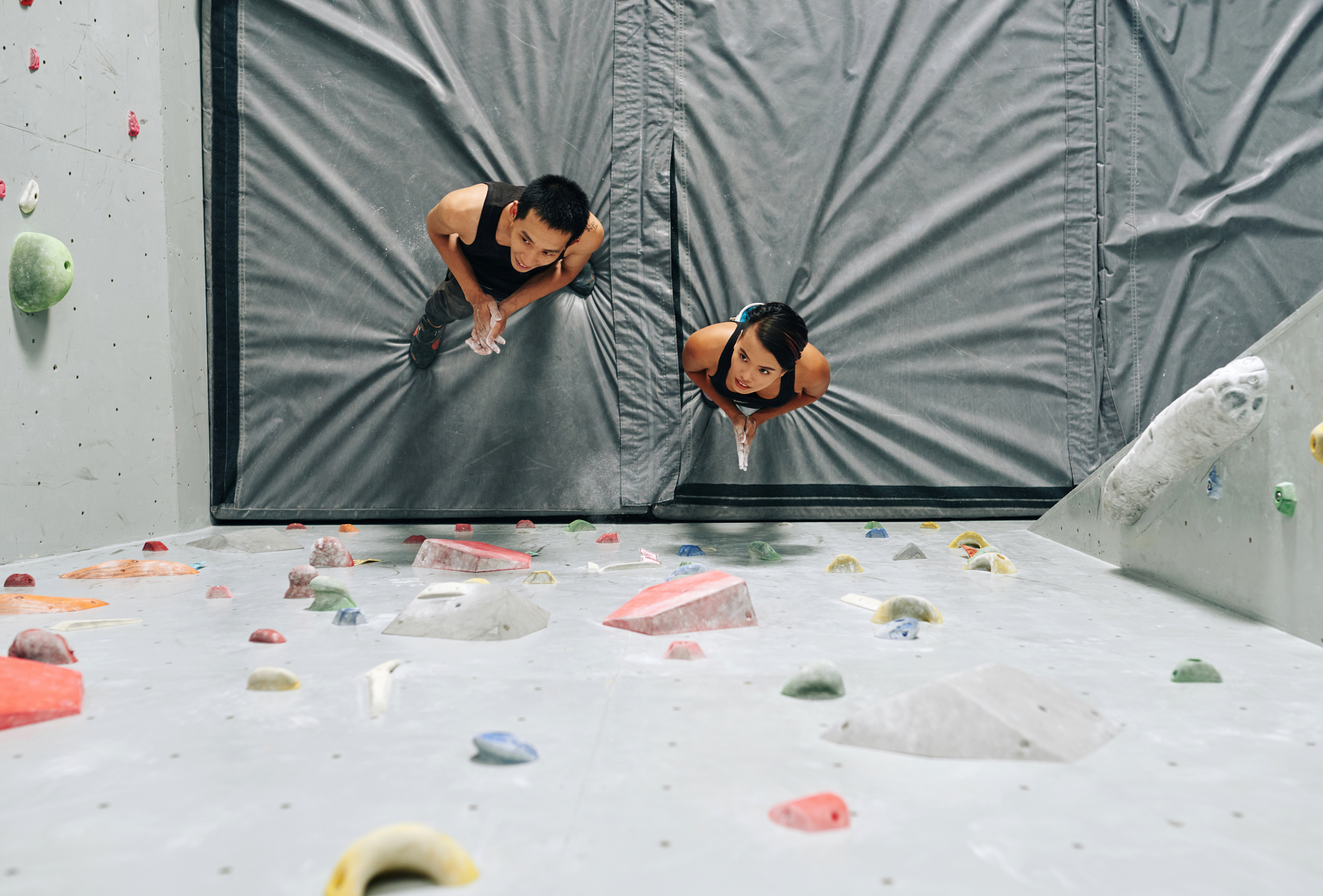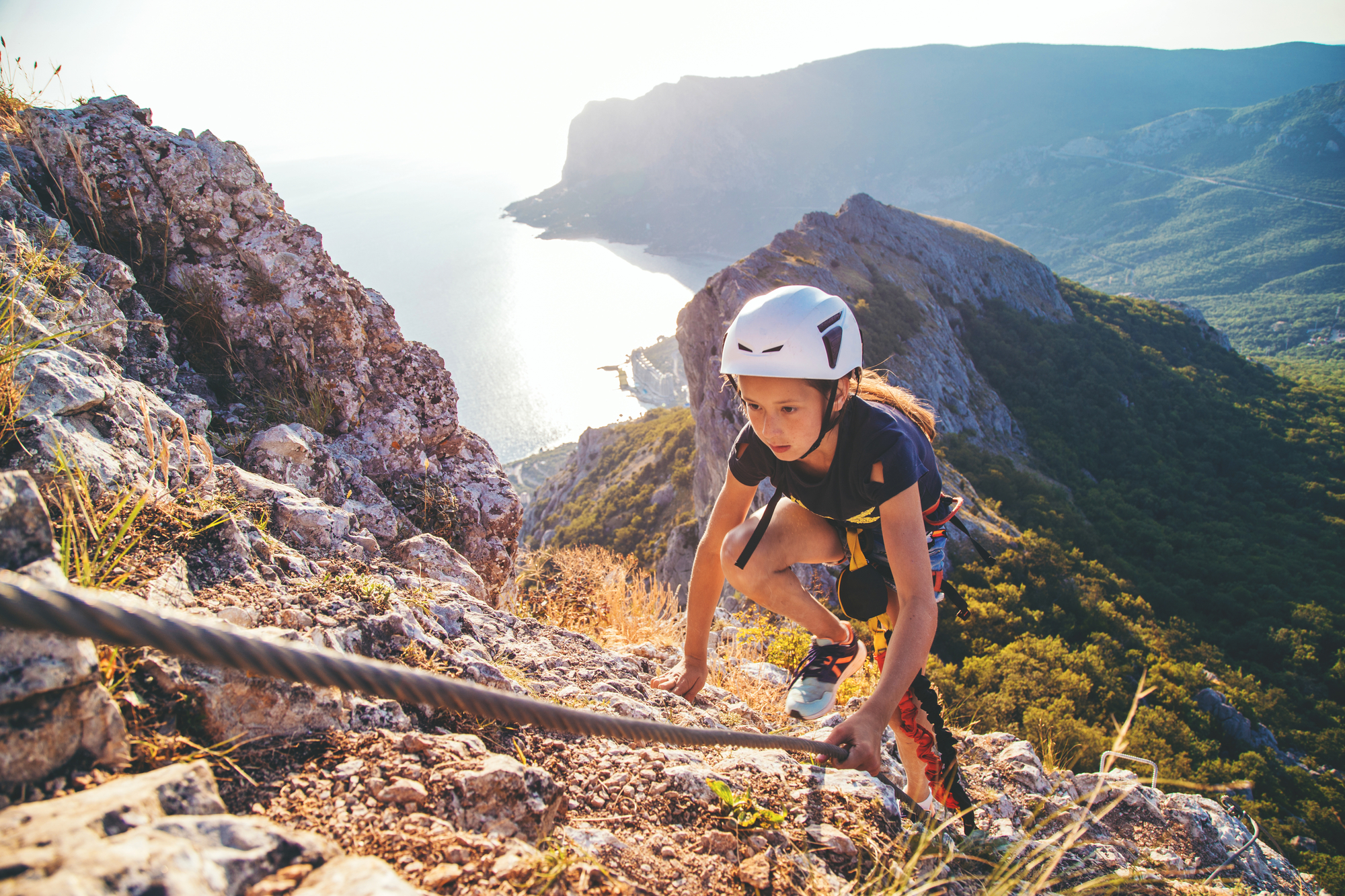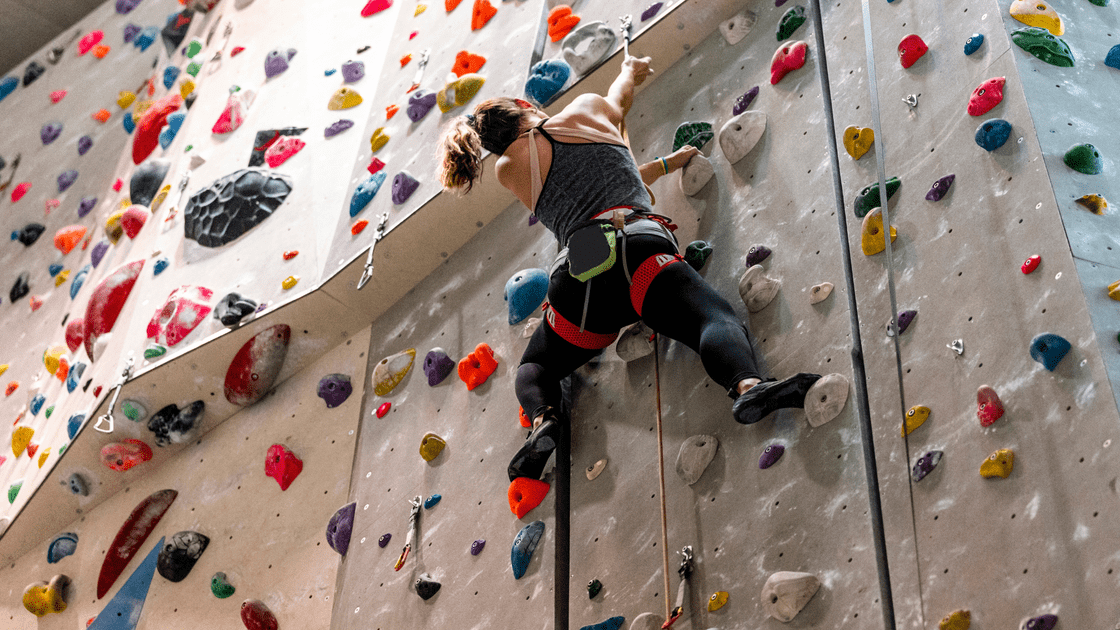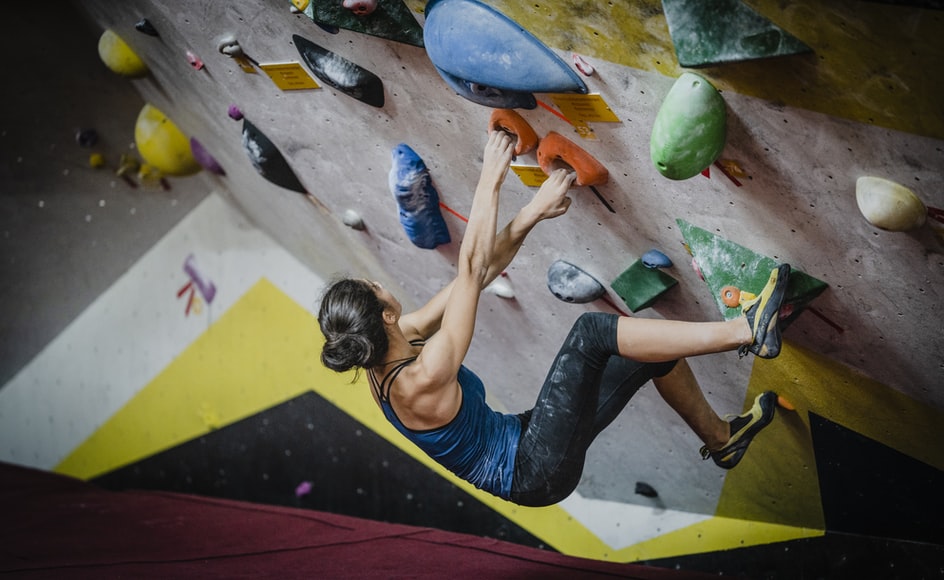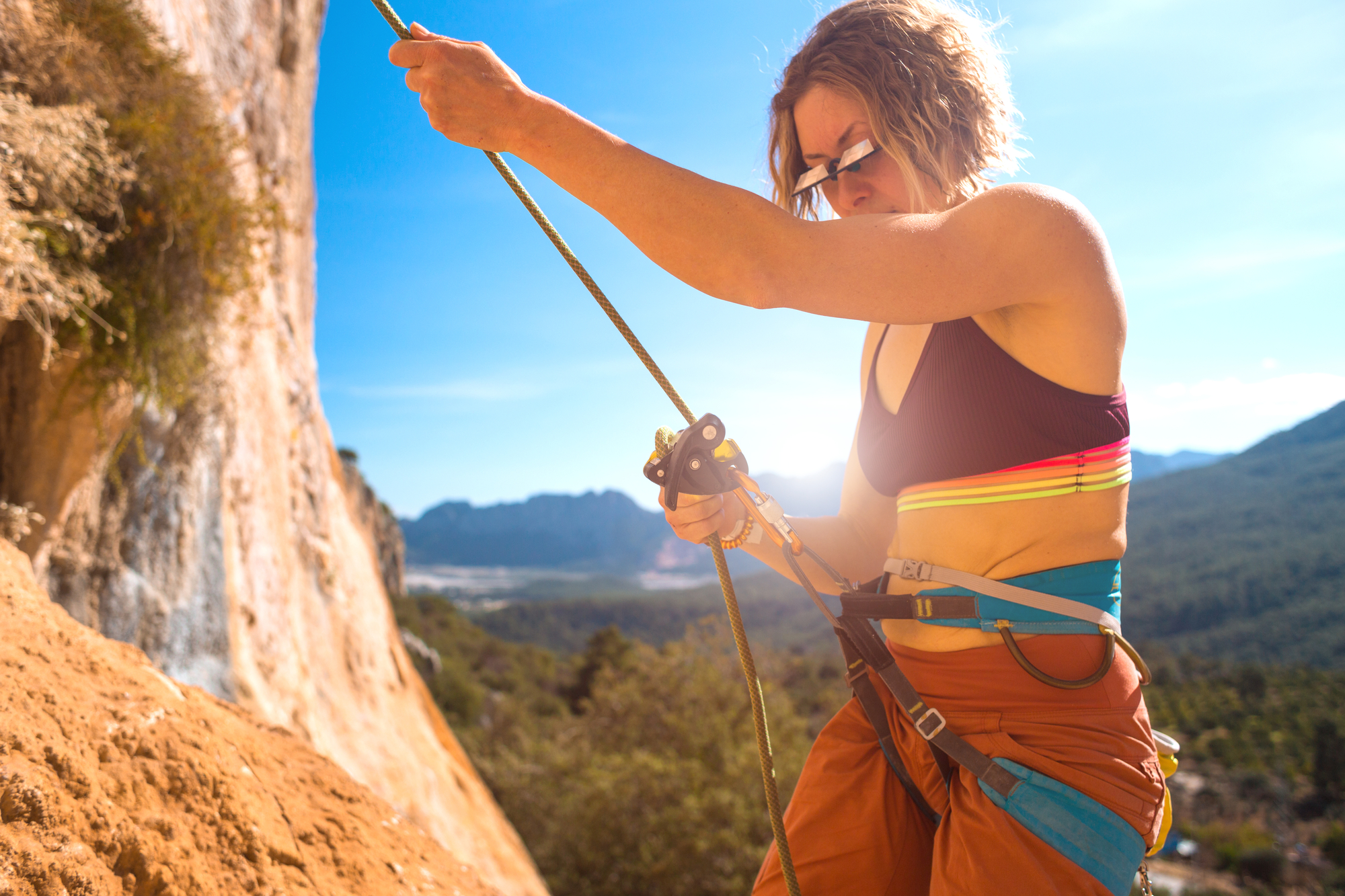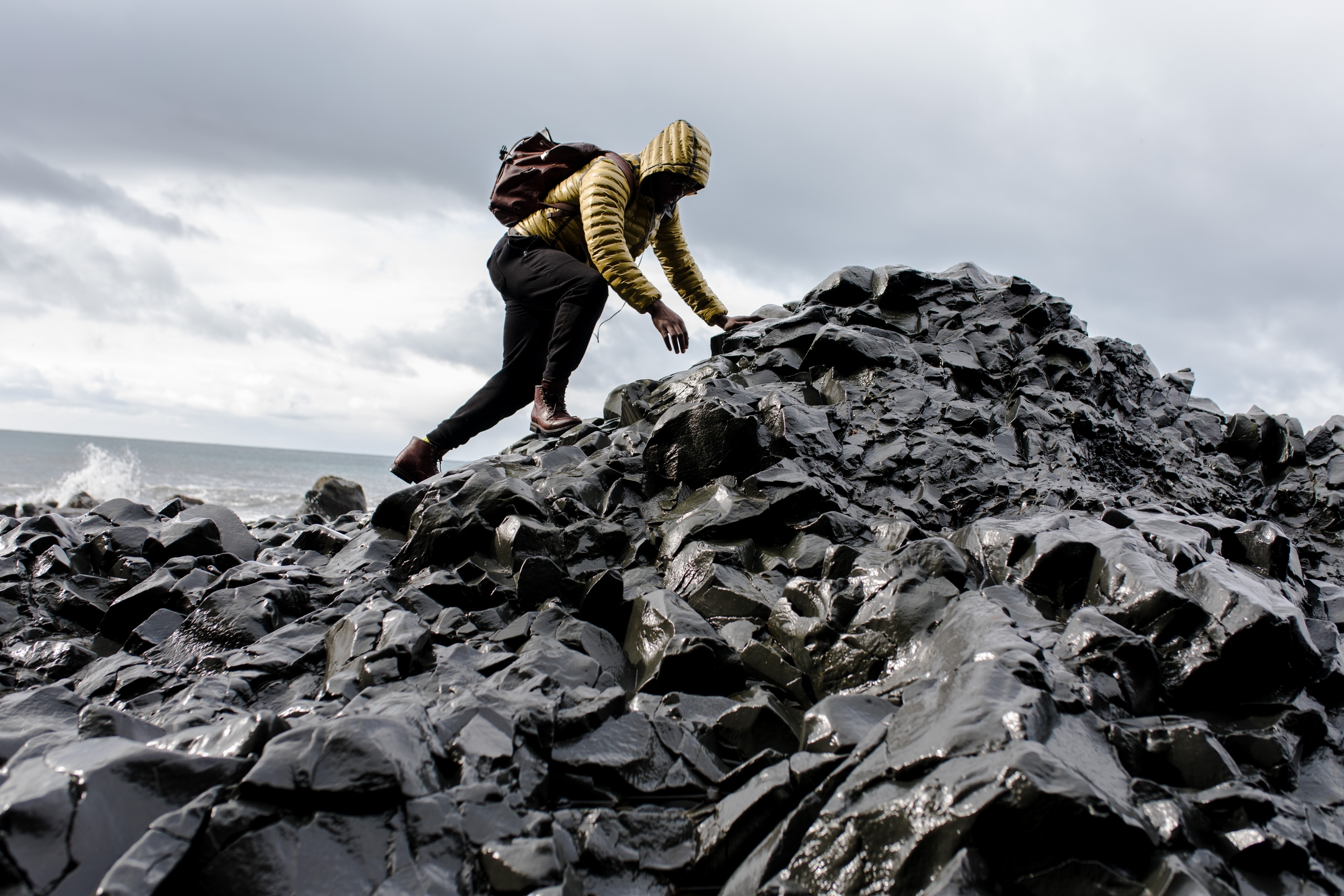Falling is pretty much a natural part of the learning curve while you’re honing your bouldering skills. This is why it’s critical to have a good bouldering mat whenever you go bouldering.
Bouldering is a popular climbing sport because it doesn’t require a lot of technical equipment beyond a quality bouldering mat. You don’t need to worry about rigging a belay or installing anchors; all you need is a pair of climbing shoes, a good location, and a bouldering mat!
Of course, the simplicity of bouldering also means that in the event of a fall, the only thing that will prevent injuries is your bouldering mat.
So, how do you place a bouldering mat correctly, and are there ways to fall safely?
Let’s find out!
Common Bouldering Injuries
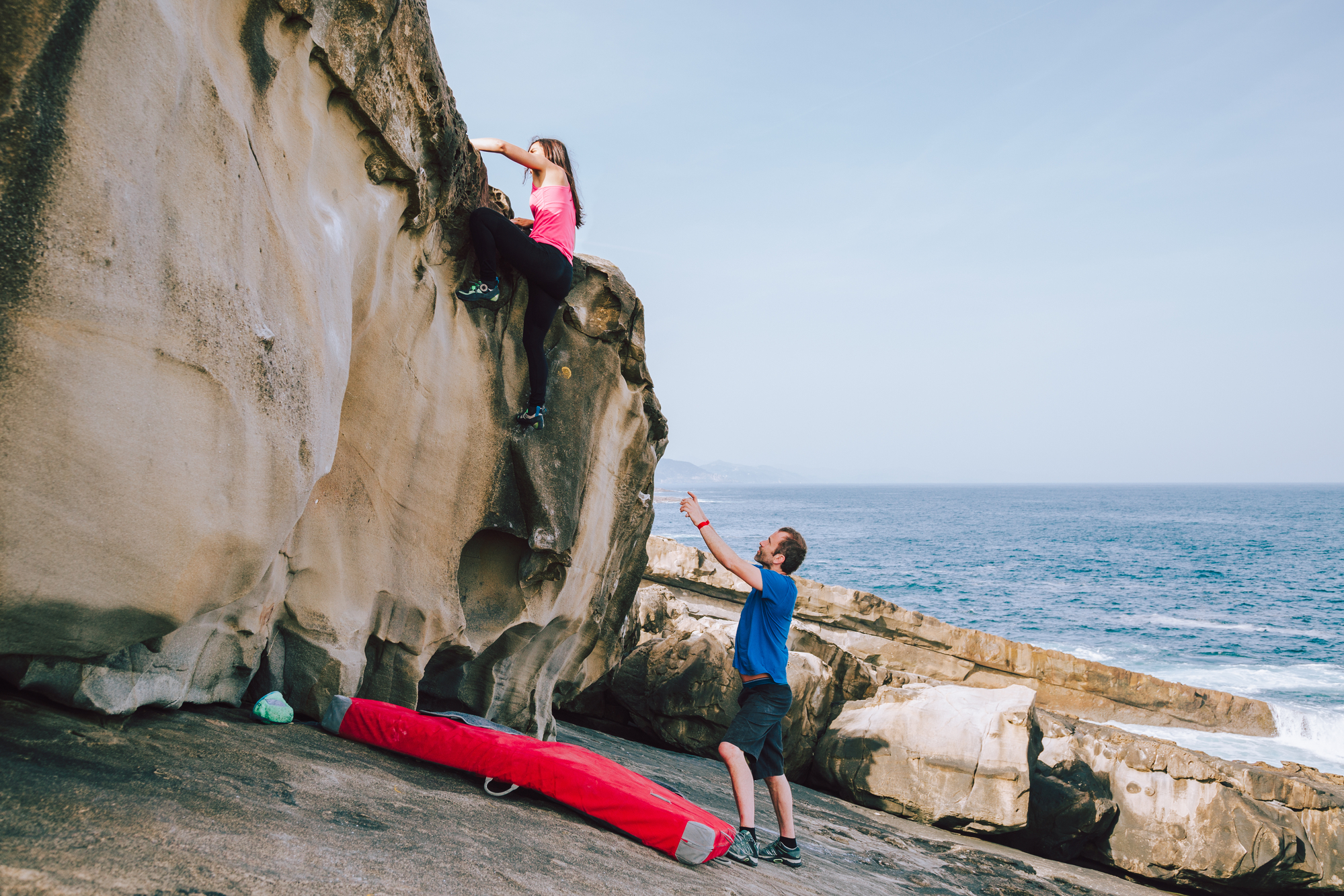
Obviously, the most common injury that you may face while bouldering is falling down on your mat. Typically, the highest fall you will experience is only around 10-15 feet, but even that short distance can cause significant damage if you don’t have a good bouldering mat to cushion your fall.
For example, if you weigh around 200 pounds, a six-foot fall will result in almost 10,000 pounds of force when you crash to the ground. Such a fall can cause severe injuries to your back, legs, arms, shoulders, and neck!
Other common bouldering injuries include:
- Whiplash
- Broken or sprained wrists
- Hand and finger injuries when you try to grab on the surface
- Sprained or bruise hips
Placing a Bouldering Mat
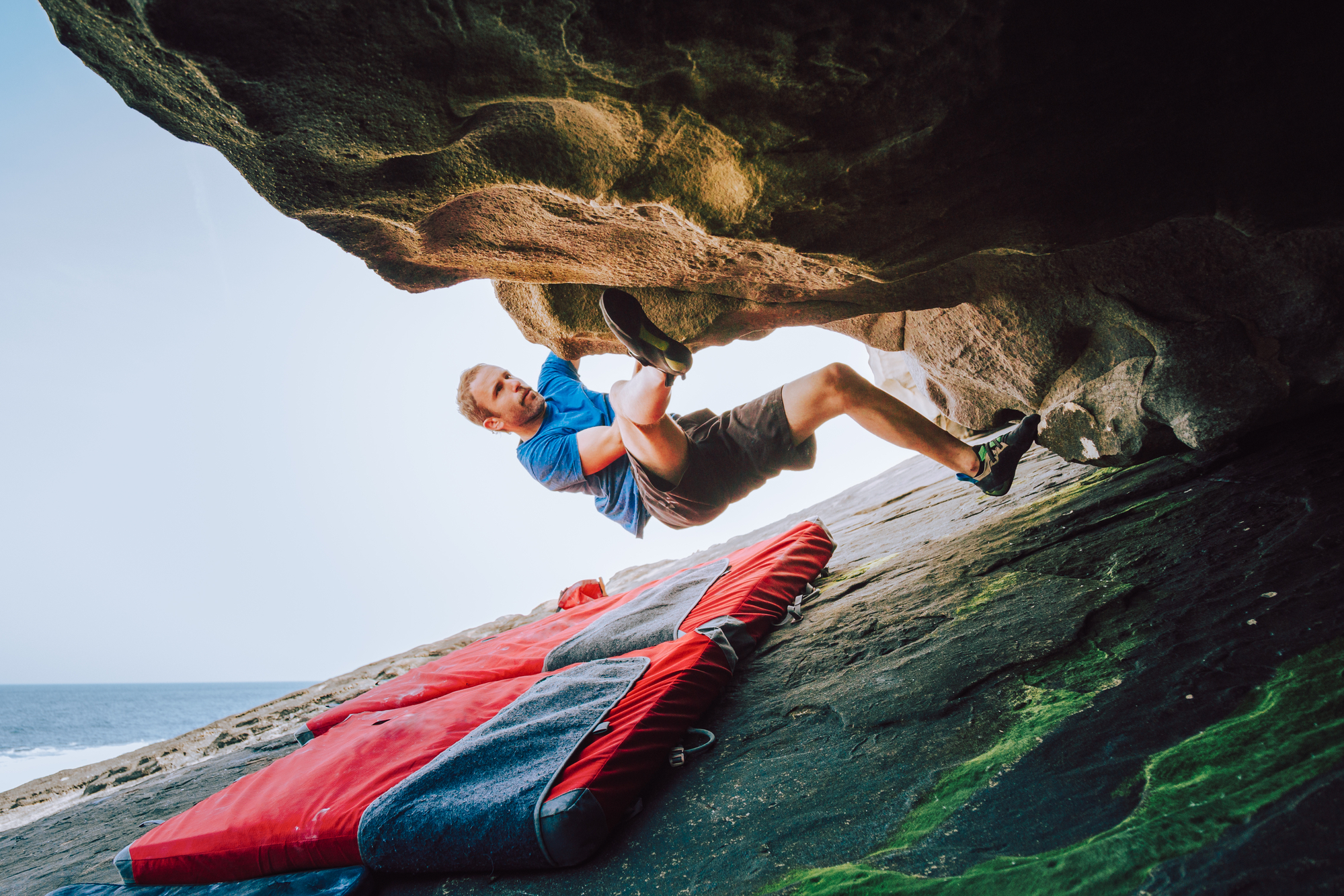
Since you’re likely to be climbing directly upwards, you need to place your bouldering mat underneath your route. Make sure that your bouldering mat is thick enough to cushion the highest point of your fall, as well as long enough to catch your movement when you fall and roll.
You can stack multiple mats on top of each other for added cushioning, or you can place them side-by-side to increase the surface landing area. However, if you decide to place them side-by-side, make sure that there are no gaps between your mats.
You can also place a thinner bouldering mat on top of two pads next to each other to prevent them from accidentally creating a gap.
If you have never attempted a particular climb before, you can even practice falling to see how it feels on your bouldering mat! Place the mat underneath your route, climb a short distance (around 5 feet) and deliberately fall from the height to see how your bouldering mat will fare. If it cushions your fall adequately, you can start the actual climb.
Finally, make sure that you place your bouldering mat right side up. This might seem obvious, but it’s pretty easy to place the mat incorrectly! Bouldering mats are designed to have a landing zone facing upwards; these are typically softer and have a thicker surface. If you place the wrong side up, the bouldering mat will not be as effective.
Falling Properly
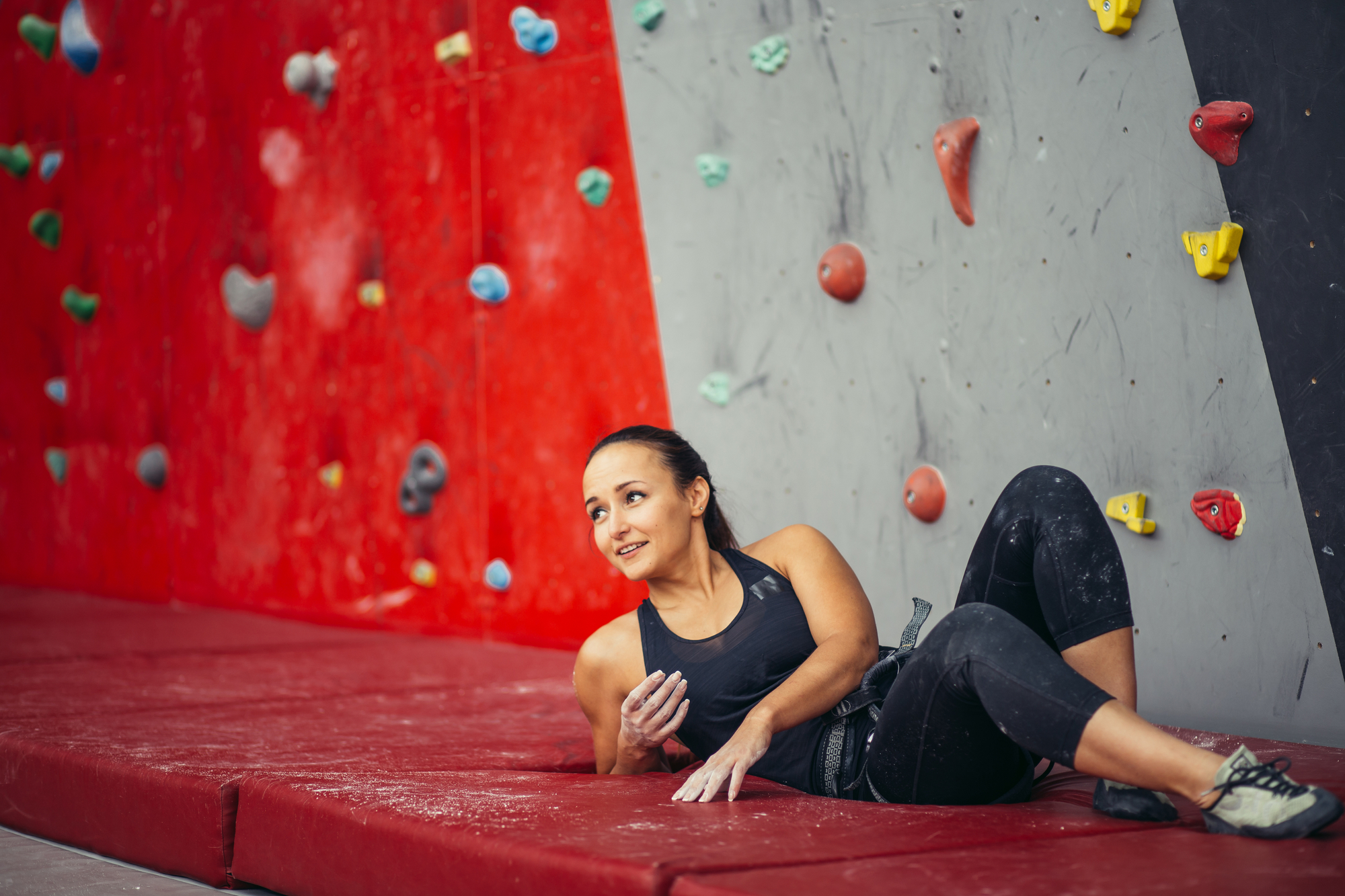
Even if you have a quality bouldering mat, you need to know how to fall correctly to avoid injuries. Remember, a bouldering fall can take less than half a second before you hit the ground, so you can still injure yourself if you don’t know how to fall correctly!
Here are some tips on how to learn how to fall correctly to avoid injuries as much as possible:
Practice in a climbing gym first
It’s a good idea to hone your bouldering and falling skills in an inside gym before attempting to boulder outside. Indoor climbing gyms typically have firm rubber mats on the ground to further cushion falls, so placing a bouldering mat will help reduce falling injuries.
Know the right orientation
Generally, there are three orientations that you can fall down in: vertical, on your back, and on your front.
While a vertical fall is mostly never advisable because the impact is centered on your knees and ankles, there are instances when it is unavoidable such as falling off in a vertical position while bouldering. Make sure that you land with your knees bent, your chin tucked to your chest, and your feet at shoulder-width. As soon as you land, tuck your body in and roll forward to disperse the force from your lower limbs.
Falling on your back is the most common orientation that you can experience in a bouldering fall. Try not to grab the rock as you fall, since this can cause wrist and finger injuries! Tuck in your chin to protect your neck, and let the wide surface of your back and shoulders absorb the impact. When you land on the ground, use your hands and arms to stop the momentum from rolling you on the mat.
Finally, falling on your front can occur if you’re trying to perform a dyno while bouldering. This might seem like the scariest orientation, and you might instinctively try to use your hands and wrist to stop your fall. Instead, spread your arms out wide to disperse the force across your torso. Turn your head to one side to protect your face, and try to land on your stomach and front thighs as flat as possible. As you land, engage your core muscles to help protect your spine.
Identify problem areas
Ground obstacles are some of the biggest problems you can encounter when bouldering outside. Your bouldering mat might not be as effective if it is placed on top of hard debris such as rocks and branches.
When possible, place your bouldering mat flat on the ground and far away from debris that can injure you if you fall. You can also remove these obstacles before you lay down your mat.
Conclusion
There are two things that you need to consider when placing a bouldering mat: the position and the orientation relative to your climb.
Position your bouldering mat directly underneath you, making sure that your mat is flat and clear from the debris on the ground.
For the orientation, your bouldering mat must be placed in such a way that it catches your most likely fall. For example, if your boulder has a lot of overhangs, there is a high chance that you will fall vertically. Thus, you can place your bouldering in a vertical position so that it will catch you when you tuck your body in.
Stay safe while climbing, boulder fans!

